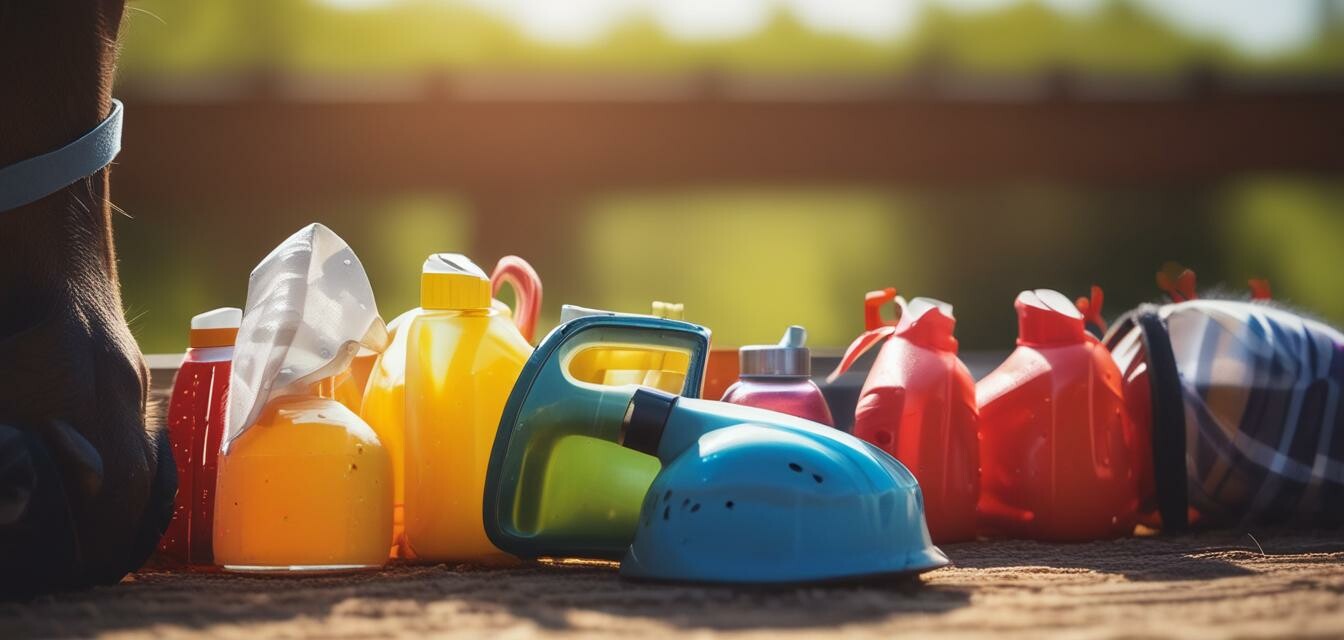
How to select the best fly protection for horses
Key Takeaways
- Understand different types of fly protection available.
- Consider your horse's comfort and skin sensitivity when choosing products.
- Check ease of use and maintenance of fly protection gear.
- Evaluate each product’s efficacy against common flies.
- Purchase from reliable sources to ensure high-quality protection.
As the warm months roll in, flies can become a major annoyance for horses and their owners. Choosing the right fly protection products is essential to keep your horse comfortable and healthy. In this guide, we will cover the various options available and offer tips to select the best fly protection for your horse.
Types of Fly Protection
When it comes to fly protection for horses, several types of products are available. Each has its unique advantages and disadvantages. Here’s a breakdown:
| Type of Fly Protection | Description | Pros | Cons |
|---|---|---|---|
| Fly Masks | Protects the horse's face and eyes from flies. |
|
|
| Fly Sheets | Lightweight sheets that cover the entire body. |
|
|
| Fly Sprays | Liquid formulations applied directly to the horse’s coat. |
|
|
| Fly Repellent Patches | Adhesive patches containing fly-repelling ingredients. |
|
|
Factors to Consider When Choosing Fly Protection
1. Efficacy
The effectiveness of fly protection is paramount. Look for products that specifically target the types of flies most prevalent in your area during peak fly season. Read customer reviews and product descriptions to gauge the efficacy of the products.
2. Comfort
Your horse's comfort should always come first. Fly masks and sheets should fit well without causing discomfort or restricting movement. Always check for adjustable features, breathable materials, and overall weight.
3. Ease of Use
Choose products that are easy to put on and take off. Some horses have a strong aversion to wearing masks or sheets, so options that can be quickly and easily adjusted can make a significant difference.
Maintaining Fly Protection Products
Proper maintenance of your fly protection gear will ensure its longevity and effectiveness. Here are some tips:
- Regularly clean fly masks and sheets according to the manufacturers' instructions.
- Inspect fly protection gear for wear and tear before every use.
- Store fly protection products in a dry and cool area to maintain their integrity.
Where to Buy Fly Protection Products
When purchasing fly protection products, look for reputable retailers that specialize in equestrian gear or horse care products. This ensures you're getting quality items designed for your horse’s needs.
Conclusion
Selecting the best fly protection for your horse can make a significant difference in their comfort during peak fly season. By considering efficacy, comfort, and ease of use, you're sure to find the right products for your equine companion. Remember to maintain these products, and always purchase from reliable suppliers.
Pros
- Various options to suit different needs and preferences.
- Effective in reducing discomfort and irritation caused by flies.
- Enhances your horse's overall well-being during fly season.
Cons
- Initial investment can be high depending on chosen products.
- Some products may require regular replacement or maintenance.
Tips for Beginners
- Start with a basic fly mask and add more protection as needed.
- Monitor your horse's reaction to new products for signs of discomfort.
- Consult with experienced horse owners or veterinarians for recommendations.
